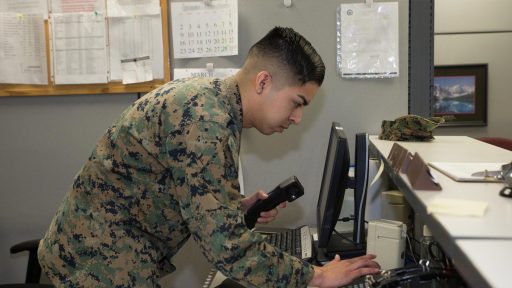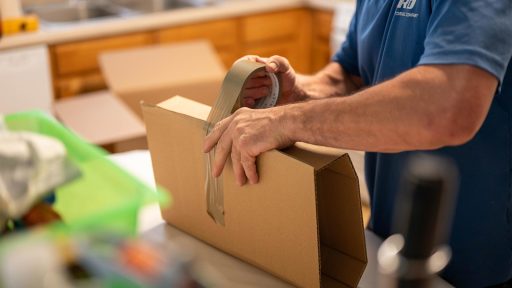Menu
Skip to content
-
Support for Military
Personnel & Their Families -
Get Personal Support
Get Personal SupportFrom quick answers to working through challenges, you can talk to us 24/7/365 by calling or logging in to chat.
Quick guidance & answers
- Coaching & consultations
- Navigate military life — from managing money to better relationships.
- Counseling
- For individuals, couples and families to tackle life’s challenges.
-
Explore Tools
Explore ToolsDigital tools and resources made for military life
-
Browse by Topic
Browse by TopicInformation, insights and MilLife guides organized by topic
- For Service Providers & Leaders
- About Us
- Log InCreate an Account
- My Cart (0)
- Search










